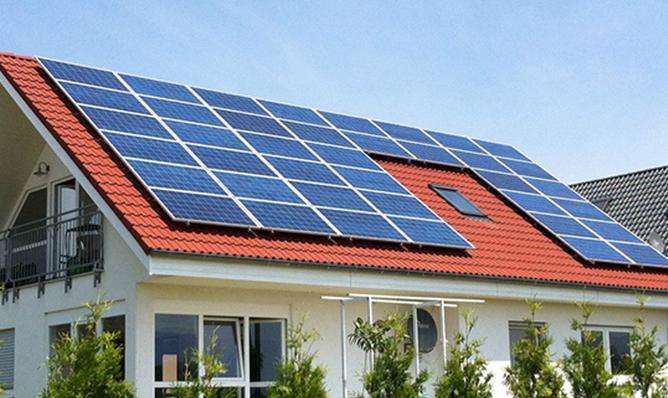The pumped storage power plant has an upper reservoir (upper pool) built on high ground and a lower pool built downstream of the power plant. The pumped storage power plant unit can operate as a general hydraulic turbine to generate electricity and as a water pump to pump water from the lower basin to the upper basin. During low power system load, the pumped storage power plant units operate as water pumps and store water in the upper basin, during peak loads they operate as generator units, using the water stored in the upper basin to produce electricity; and send it to the grid.
A pumped storage power plant must have an upper reservoir, a high pressure water diversion system, a main power plant, a low pressure waste water system and a reservoirlower. The pumped storage power plant has two reservoirs, upper and lower. The water inlet and outlet of the upper tank are the water inlet when generating electricity and are the water outlet when pumping water; the water inlet and outlet of the lower tank are the water outlet when generating electricity and are the water inlet when pumping water; Conventional hydroelectric power plants generally have only one reservoir, one water inlet and one water outlet for electricity production.
Depending on the hydrological conditions, if the upper reservoir has no drainage area or a very small drainage area and no natural inflow, this type of pumped storage power plant is called a pumped storage power plant. -pure turbines”. turbines and/or water pumps with basically the same flow rate. If the upper reservoir has a natural inflow, this type of pumping station-turbination is called a “pumped-storage hybrid power plant”. In addition to the installation of pumped storage units, conventional hydroelectric generators can also be installed at the plant, the capacity of which corresponds to the volume of incoming water. Additionally, the lower tank can also be equipped with a conventional trickle turbogenerator, the capacity of which corresponds to the total volume of water entering from the upper and lower tanks. This type of power plant allows for better economic results.
Pumped storage power plants generally use high water heads to achieve high efficiency and low water consumption. Therefore, pressure bypass pipes also carry high pressure. Except for large diameter steel pressure pipes entering the factory building, the rest of the high pressure pipes usetunnels or shafts. The internal coating of the hole is an important factor affecting the pressure. Generally, it is covered with steel plates. When geological conditions are good, some of the internal water pressure can be transferred to surrounding rocks to reduce the amount of steel plates and engineering costs.
In order to improve the rigidity of the coating and prevent buckling, welding rings or belts are added to the steel plates of the coating. In order to avoid the occurrence of water hammer, the adjustment of pressure regulating wells is the same as that of conventional hydroelectric power plants. In particular, negative water hammer and inrush flow under transition conditions must be taken into account. If it is difficult to select the location of the pressure regulating well, an air cushion type pressure regulating chamber can also be used, which playse the same role as a conventional pressure regulation well. The pump for pumped storage must have a positive suction head, so unlike conventional hydroelectric power plants, the tailrace channel is also under pressure.














